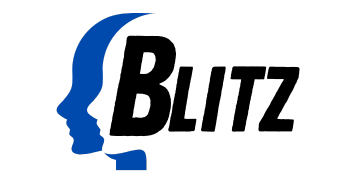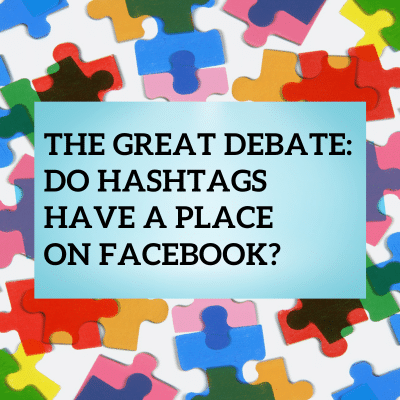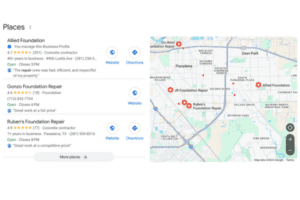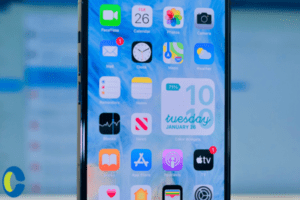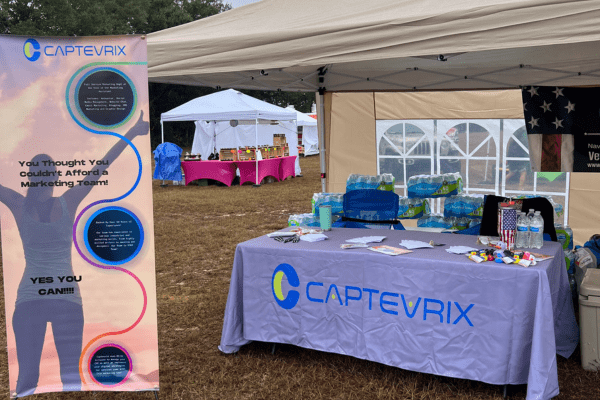Understanding and using hashtags are an important part of any business or cause’s social media presence. They can be a great tool to use to help boost awareness of your brand and connect with potential clients. They can also be used as an entry point to join ongoing conversations. However, not all social media platforms are created equal and the use or functionality of hashtags on different social media platforms varies. Facebook is one of the most debated platforms in discussions about when and where to use hashtags.
Hashtags: A Brief History
For starters, knowing the history and function of hashtags is vital to your understanding of their use and effectiveness.
A hashtag is a word or phrase preceded by the ‘#’ symbol – often called a hash sign. There are no spaces or punctuations in the words following the hash sign. A hashtagged phrase would look like this: #SocialMedia.
Hashtags are used to collate posts surrounding a certain topic. By clicking on a hashtag phrase, users will be shown a list of other posts containing that same tag. This feature helps facilitate conversations surrounding certain topics or causes. Some social media sites – such as Pinterest – either do not support the search feature of hashtags or their algorithms are set up so that they are rendered essentially useless.
On Facebook, hashtags do work and serve a purpose. They function in similar ways to Twitter and Instagram, but their are some key differences in the way that Facebook is set up that makes using hashtags on that platform require slightly more intentional use.
What about the data?
Since Facebook introduced hashtags to their site in 2013, there has been much research and debate about the effectiveness of their use on that platform.
Facebook’s search function makes it so that searching for a hashtagged phrase (#coffee) returns very different results than if a user typed in just the word itself (coffee). A report from Buzzsumo in 2016 showed that Facebook posts without hashtags ended up being seen and shared more than posts with hashtags.
However, that isn’t to say that hashtags don’t have their place. Because Facebook does support hashtags, their strategic use can still facilitate certain conversations and reach particular audiences – especially younger audiences who are more savvy with the use and function of hashtags. Hashtags can be useful for joining particular campaigns or for boosting posts meant to connect with a particular audience – such as a thrift store using the popular hashtag #tbt (or Throwback Thursday) to post items in their store. It’s important to understand as well that Facebook is a more private platform that focuses more on individual accounts and conversations within particular groups or audiences. Sites such as Instagram and Twitter are far more open in how users interact with each other and with businesses, so on those platforms hashtags play a much more active role. So while including a hashtag in your Facebook posts isn’t an automatic guarantee that you will reach a larger audience, the occasional, strategic hashtag can help you reach the right audience.
Knowing how and when to use hashtags
Because Facebook tends to be a more private, curated platform, knowing how and when to use hashtags is vital. As we mentioned above, the right use of hashtags can help you with particular audiences on Facebook. So let’s take a look at some factors that will help you create posts that include effective hashtags:
- Less is more – Try not to use more than a couple hashtags in any one post. If you use a hashtag in a post, make sure that it’s intentional and relevant. More than a couple hashtags will make your post appear cluttered and your audience is likely to skip over it.
- Make it clear – If you’re making your own hashtag, make sure that it’s easy to read and understand. The shorter the better. Avoid long phrases. A short, punchy hashtag is going to be easier to remember and search for than a long phrase.
- Make sure it’s relevant – If you’re using a hashtag, make sure it’s relevant to your post. You can use existing hashtags such as #tbt (Throwback Thursday) or you can invent your own. Regardless, make sure that it’s relevant to the content of your post.
- Research the hashtag – Do a quick search of any hashtag you want to use on several platforms such as Google, Twitter, Facebook, or Instagram to get a feel for the kinds of posts associated with that particular hashtag. Make sure that the hashtag means what you think it means and is relevant to your post and your brand.
- Understand your audience – Understand your key clientele. Research similar companies and groups. Use social listening to find out what topics and hashtags your target audience is already talking about and then use those phrases and hashtags to join existing conversations.
- Have a clear goal – Especially if you’re inventing your own hashtag, take a moment to strategize about your goal. Is it to drum up attention for a particular campaign? Is to contribute or support an ongoing conversation or cause? Superfluous hashtag use is ineffective – or worse, damaging and distracting.
The most important thing to consider with hashtag use in Facebook posts is if it makes sense for your particular business and the post you’re making. Adding hashtags on Facebook posts won’t add anything to the effectiveness of the post on their own. But used correctly following the tips we’ve outlined above, the right hashtag does have a place in your Facebook posts.

